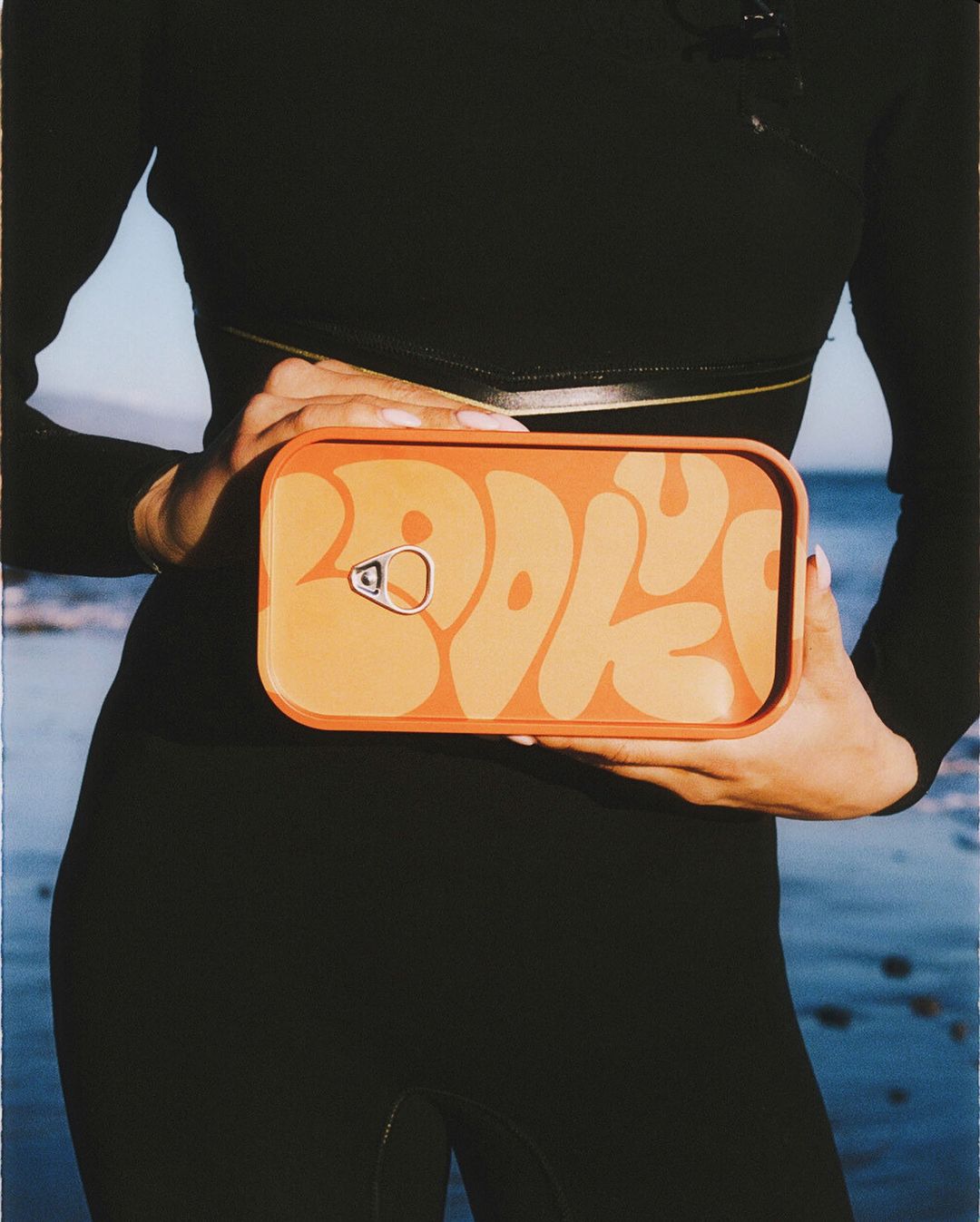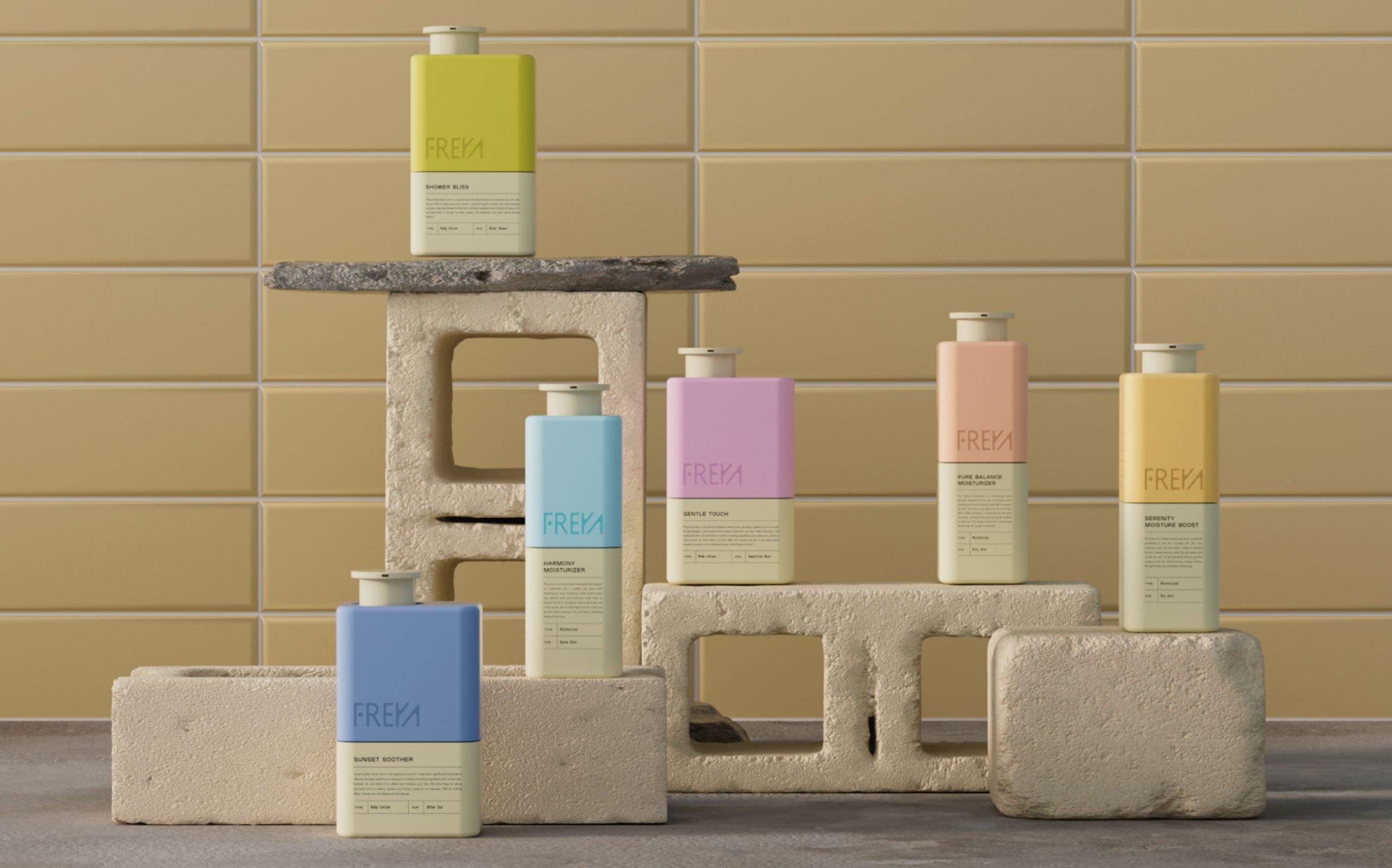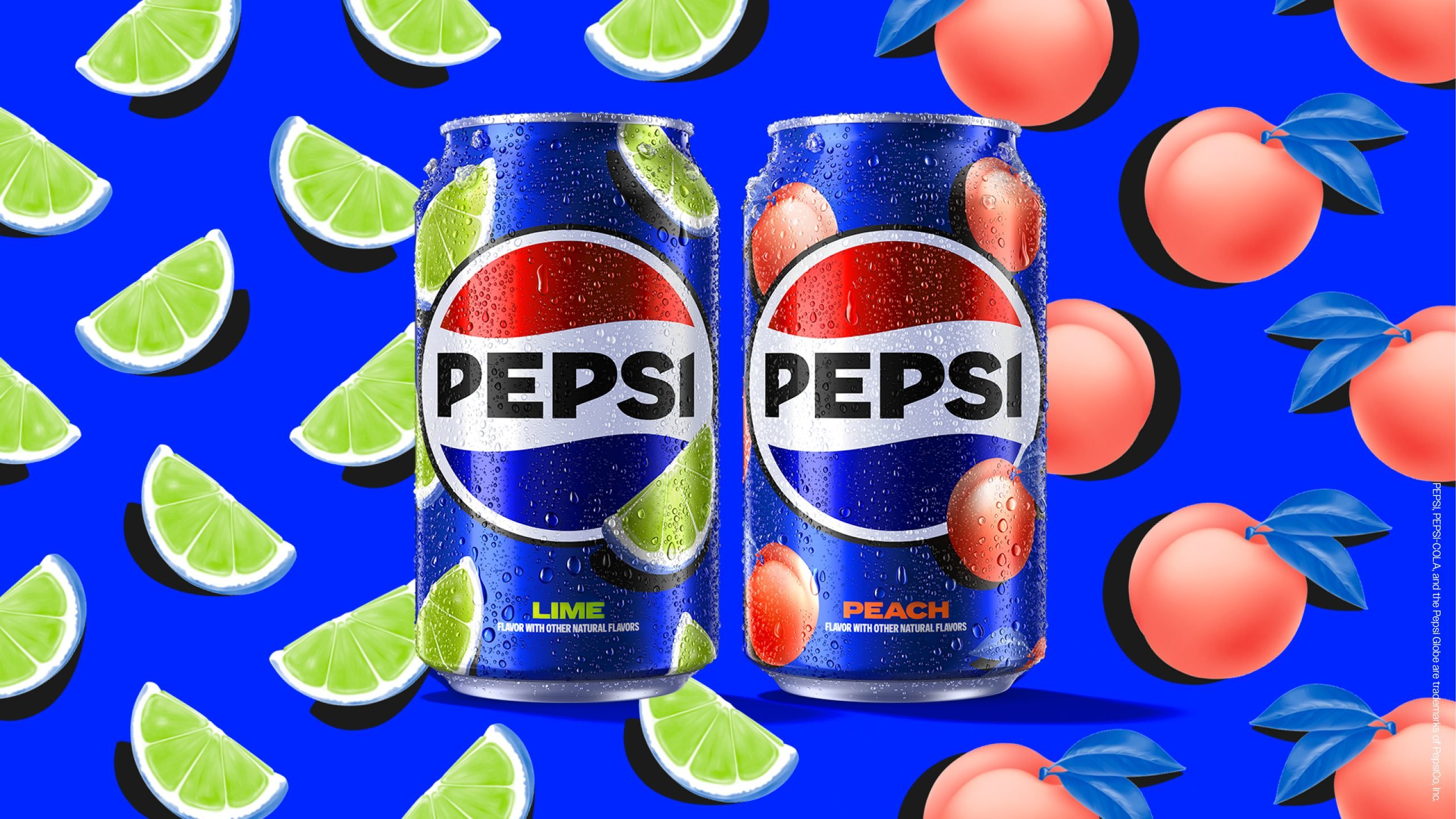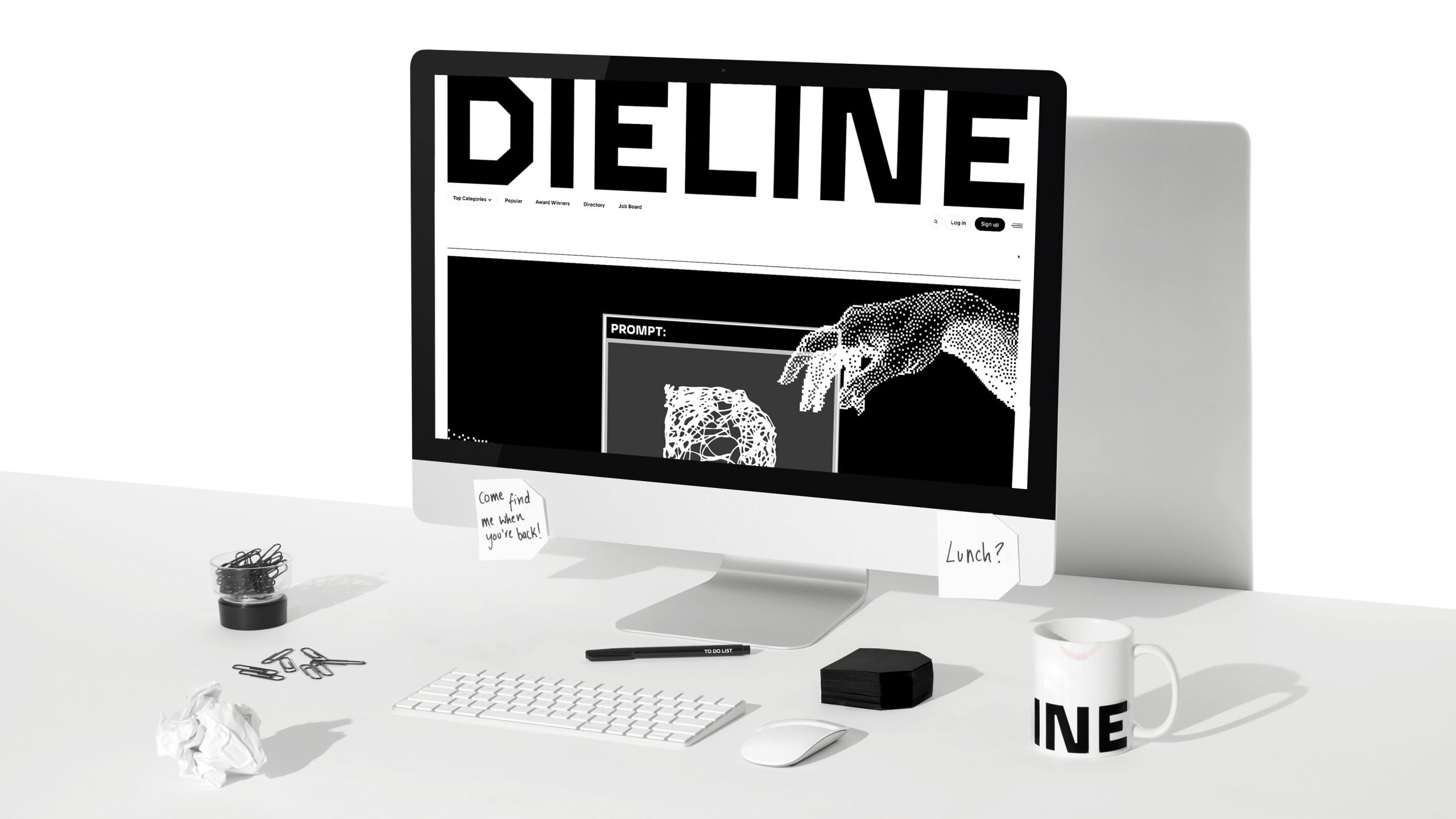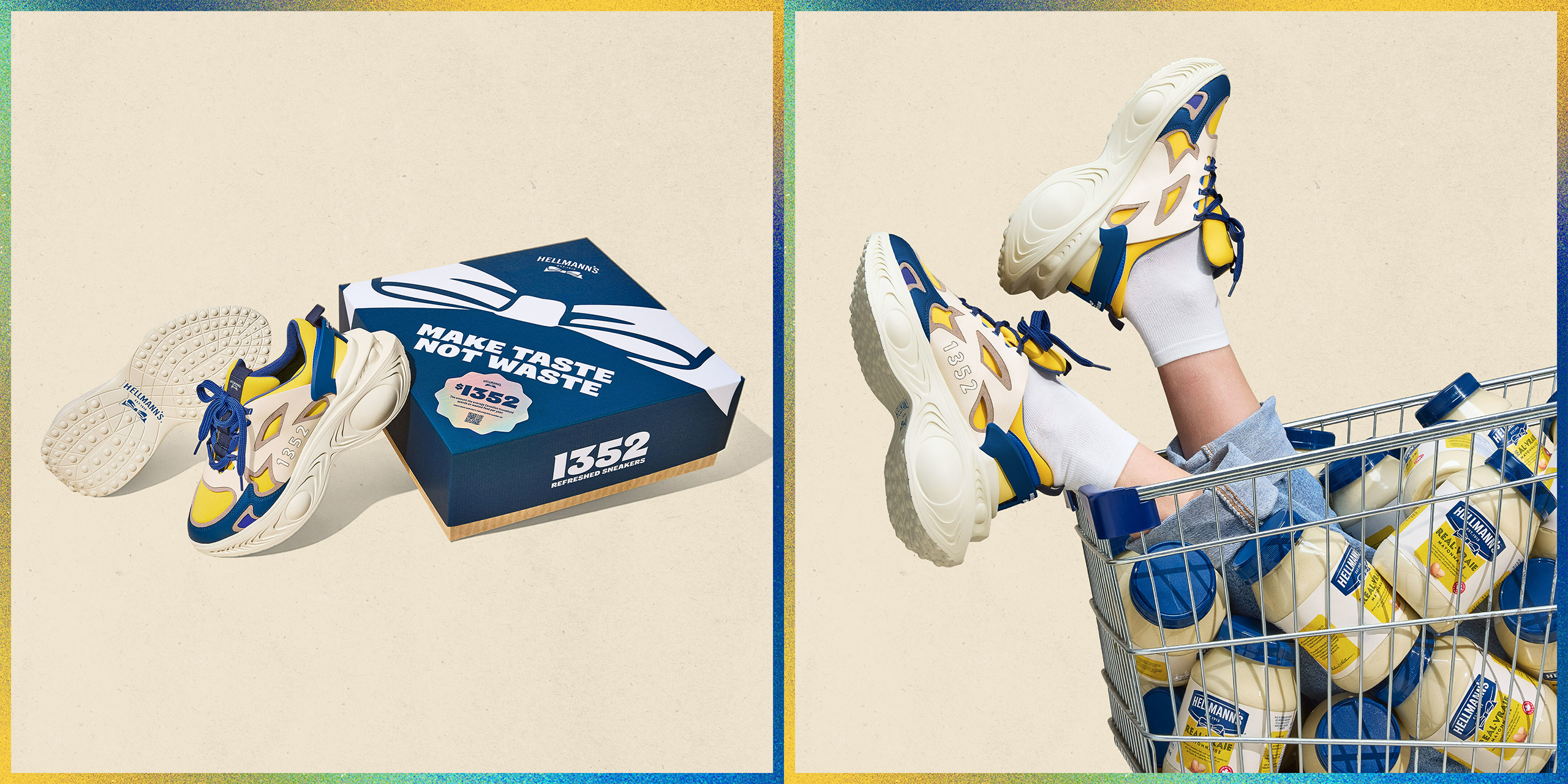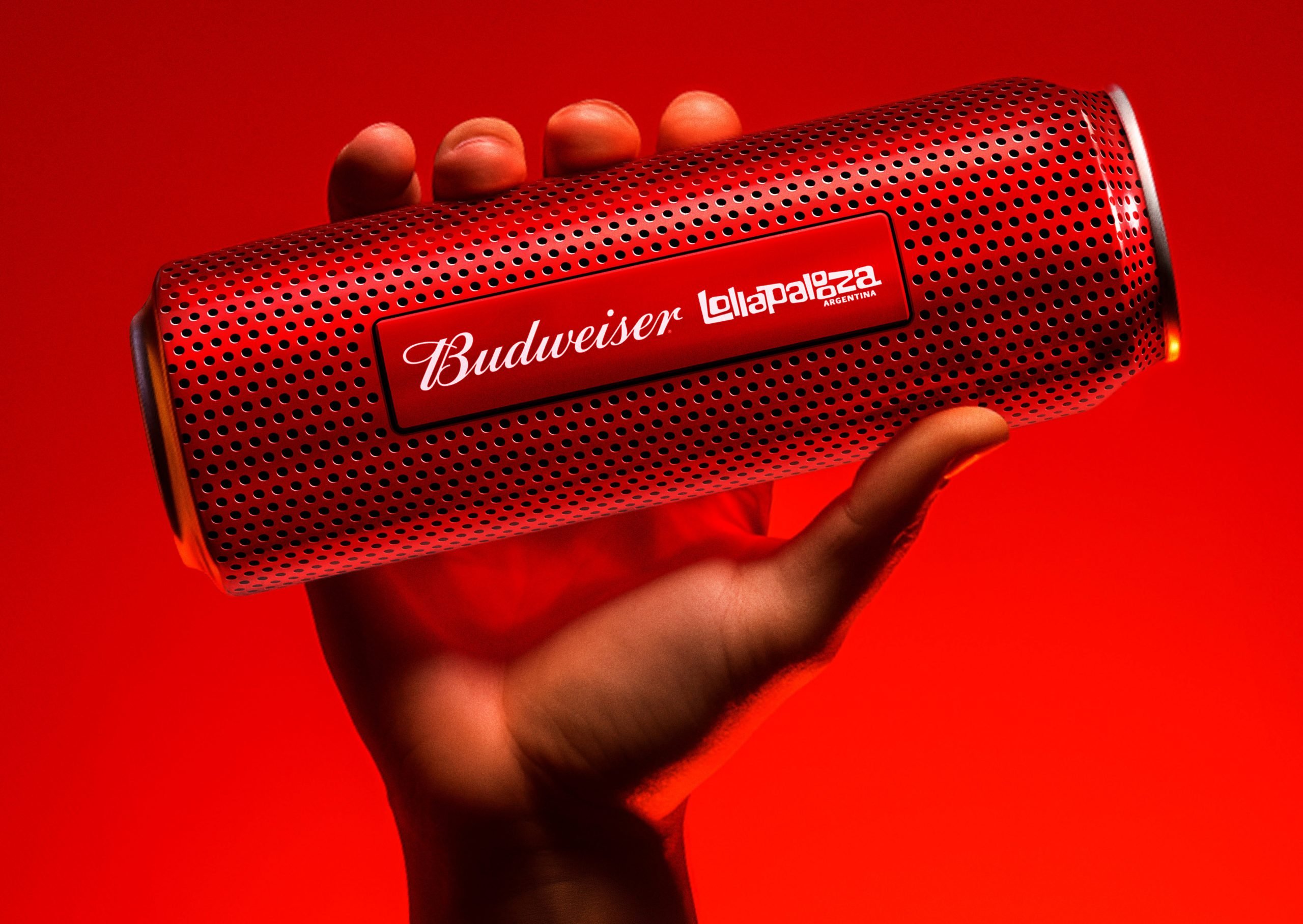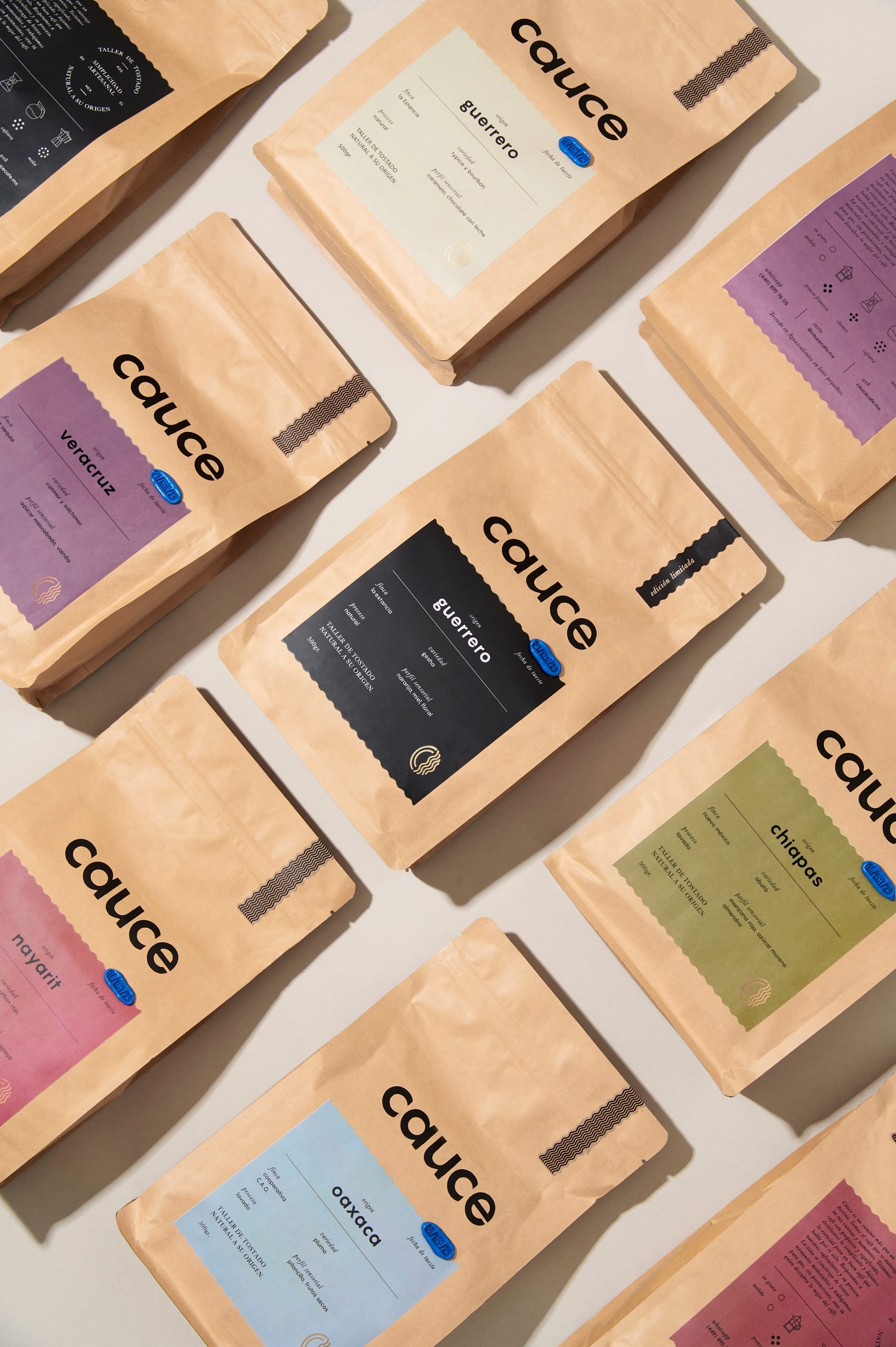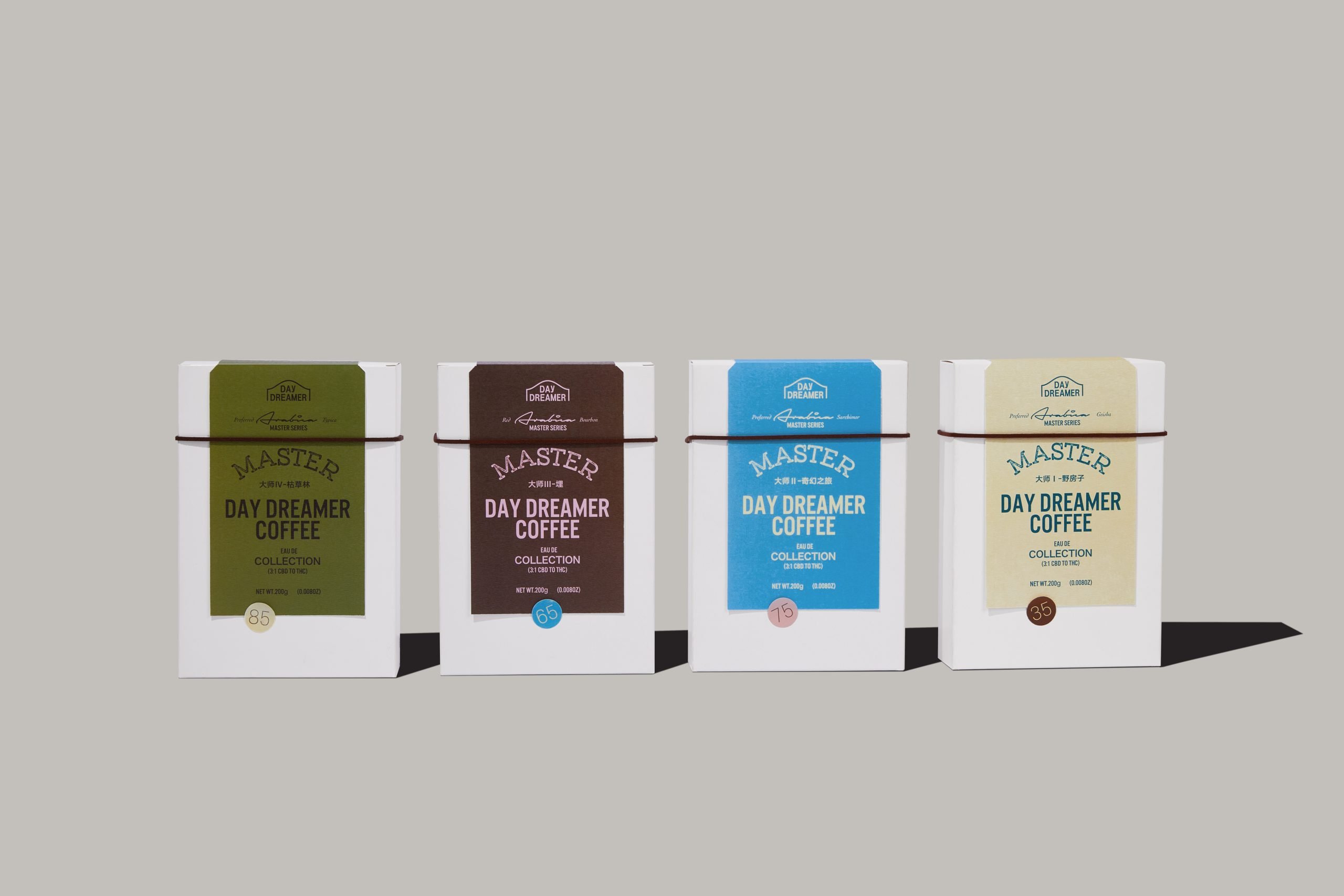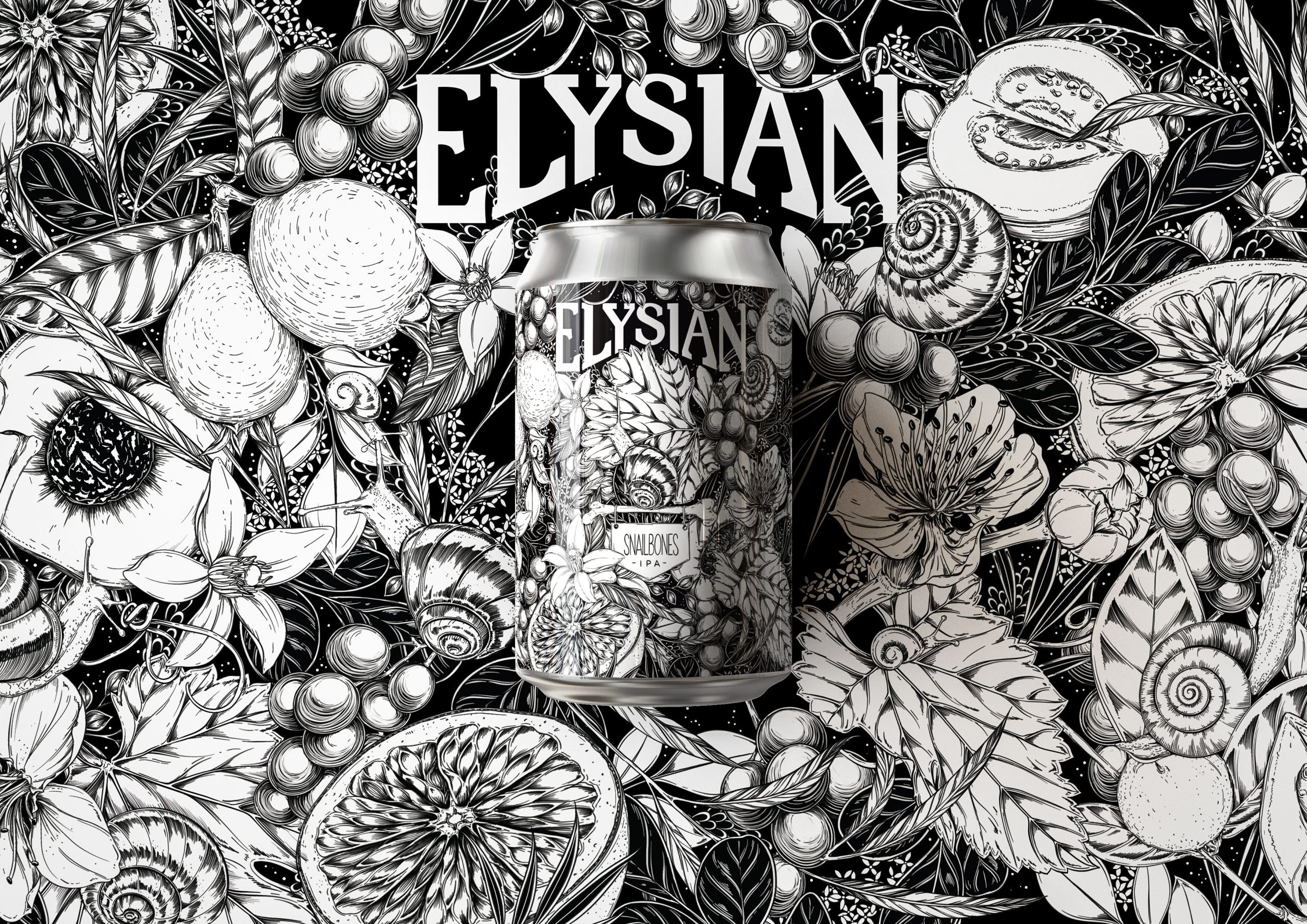Paper might just be the end to single-use plastics.
Okay, weâll admit thatâs not nearly as exciting as some revolutionary new material developed in a lab, but it could be the truth. What if something we use daily, something which dates back to Ancient China, something made from wood pulp can challenge our reliance on plastics which will likely end up in landfills or the ocean?
Petra Einarsson believes in this wholeheartedly. At the Swedish company BillerudKorsnäs, where she is President and CEO, they work with paper to hopefully phase out fossil-fuel based packaging in favor of something more sustainable.
